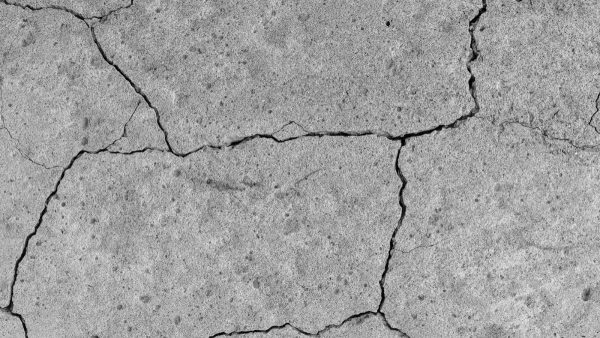The impact of hot weather on concrete

Hot weather presents unique challenges for concrete, especially in climates where temperatures remain high over long periods. Though known for its strength and durability, concrete responds to intense heat in ways that can affect its long-term performance.
From rapid moisture loss to structural concerns, here’s a look at how hot climates impact concrete and what it means for its longevity.
Reduction in strength
In hot climates, high temperatures can compromise concrete strength during the curing process. Concrete tends to cure too quickly when temperatures rise, preventing it from reaching its full potential strength.
This quick curing can result in a less durable material, making it more vulnerable to cracking and other structural issues.
Increased risk of cracking
One of the most visible effects of hot weather on concrete is its increased tendency to crack. In high temperatures, moisture from the surface of the concrete evaporates too quickly, causing it to dry out prematurely.
This rapid drying leads to internal stresses as the concrete shrinks, creating cracks that weaken the structure. Cracks are unsightly and can lead to more extensive damage if left unaddressed.
Increased permeability
High temperatures can increase the permeability of concrete, making it easier for water and other substances to seep into its surface.
This increased permeability is particularly concerning as it can lead to the corrosion of reinforcing steel within the concrete, gradually breaking down the structure from the inside out. Over time, this deterioration requires costly repairs and may compromise the concrete’s stability.
Accelerated aging
Hot weather speeds up the aging process of concrete, particularly when exposed to direct sunlight. UV radiation can weaken the chemical bonds in the cement paste, making the material more brittle and prone to degradation.
As a result, concrete in hot climates can experience a shorter service life, affecting everything from building foundations to outdoor structures.
Protecting concrete in hot climates
Understanding how hot climates impact concrete helps builders and engineers plan for these effects, using additives, alternative curing methods, or protective coatings to improve concrete’s resilience. By addressing these long-term issues, we can extend concrete’s lifespan even in the face of rising temperatures, ensuring durable structures that stand the test of time.
